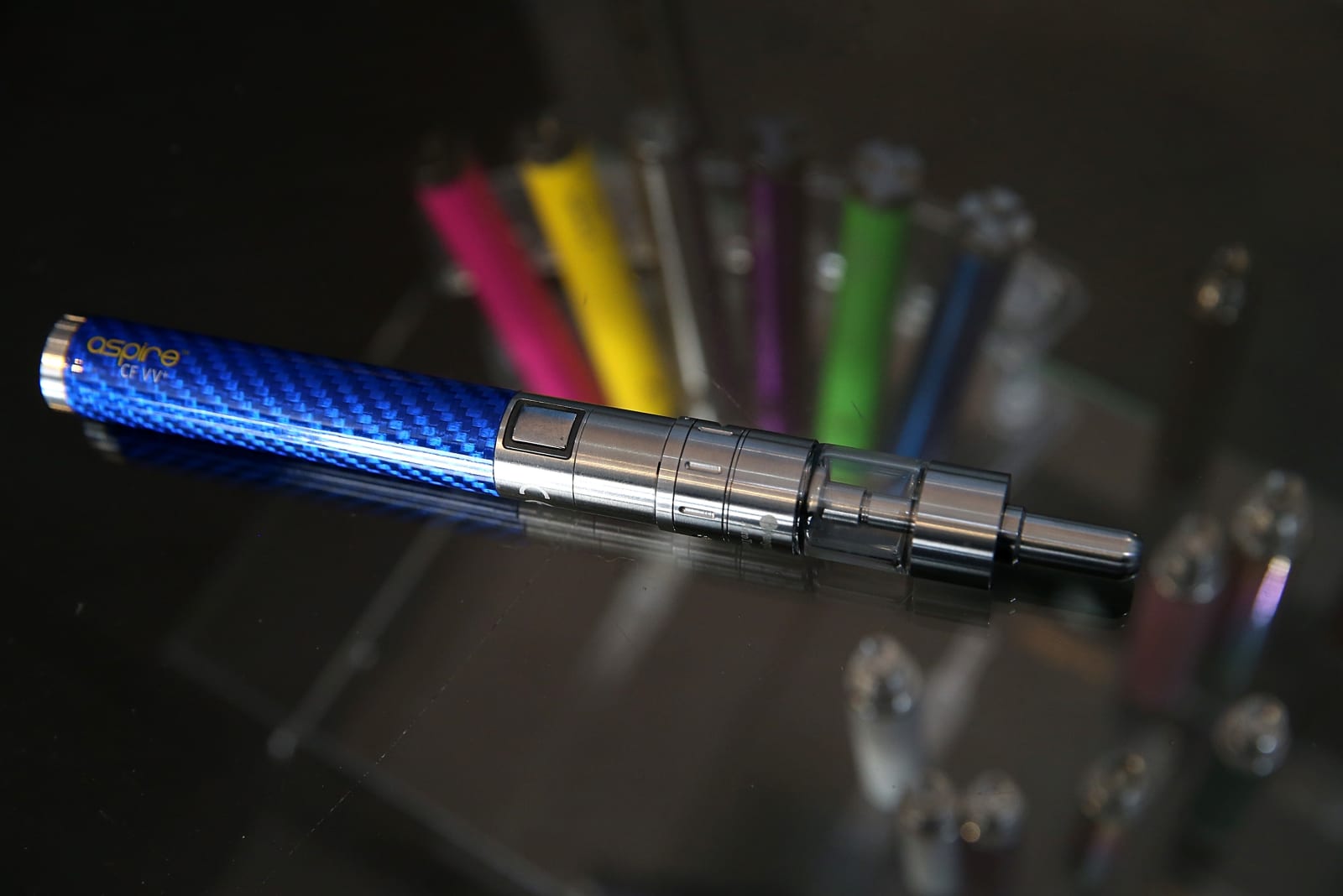
Harnessing the power of the sun is a tricky business, but even the past few weeks have seen some interesting developments in the field. In this latest installment, researchers from the Lawrence Berkeley National Laboratory and the University of California have figured out a way of making solar cells from any semiconductor, potentially reducing the cost of their production. You see, efficient solar cells require semiconductors to be chemically modified for the current they produce to flow in one direction. The process uses expensive materials and only works with a few types of semiconductors, but the team's looking at using ones which aren't normally suitable -- the magic is to apply an electrical field to them. This field requires energy, but what's consumed is said to be a tiny fraction of what the cell's capable of producing when active, and it means chemical modification isn't needed.
The concept of using a field to standardize the flow of juice isn't a new one, but the team's work on the geometrical structure of the cells has made it a reality, with a couple of working prototypes to satisfy the skeptics. More of these are on the way, as their focus has shifted to which semiconductors can offer the best efficiency at the lowest cost. And when the researchers have answered that question, there's nothing left to do but get cracking on commercial production. For the full scientific explanation, hit up the links below.
Filed under: Science
Researchers make unsuitable parts work as solar cells, could lead to cheaper panels originally appeared on Engadget on Sat, 11 Aug 2012 11:34:00 EDT. Please see our terms for use of feeds.
Permalink  Ars Technica, ScienceDaily
Ars Technica, ScienceDaily |
 Nano Letters
Nano Letters |
Email this |
Comments
 We're drowning in plastics. That's why the world's brightest minds are trying to find a way we can effectively deal with plastic waste and make sure we don't add more in the coming years. Now, researchers from the US Department of Energy's (DOE) Lawr...
We're drowning in plastics. That's why the world's brightest minds are trying to find a way we can effectively deal with plastic waste and make sure we don't add more in the coming years. Now, researchers from the US Department of Energy's (DOE) Lawr...
 We're drowning in plastics. That's why the world's brightest minds are trying to find a way we can effectively deal with plastic waste and make sure we don't add more in the coming years. Now, researchers from the US Department of Energy's (DOE) Lawr...
We're drowning in plastics. That's why the world's brightest minds are trying to find a way we can effectively deal with plastic waste and make sure we don't add more in the coming years. Now, researchers from the US Department of Energy's (DOE) Lawr...
 Space may be the final frontier, but we've barely begun to explore its underlying mechanics. For as much as humanity has discovered since we first looked to the heavens, we've only seen about 15 percent of the total matter in the universe. The other...
Space may be the final frontier, but we've barely begun to explore its underlying mechanics. For as much as humanity has discovered since we first looked to the heavens, we've only seen about 15 percent of the total matter in the universe. The other...
 Most people won't dispute the claim that e-cigarettes are less harmful than traditional smokes, but evidence is rapidly mounting that vaping isn't exactly good for you, either. Numerous studies have found toxic chemicals and carcinogens in e-cigarett...
Most people won't dispute the claim that e-cigarettes are less harmful than traditional smokes, but evidence is rapidly mounting that vaping isn't exactly good for you, either. Numerous studies have found toxic chemicals and carcinogens in e-cigarett...





